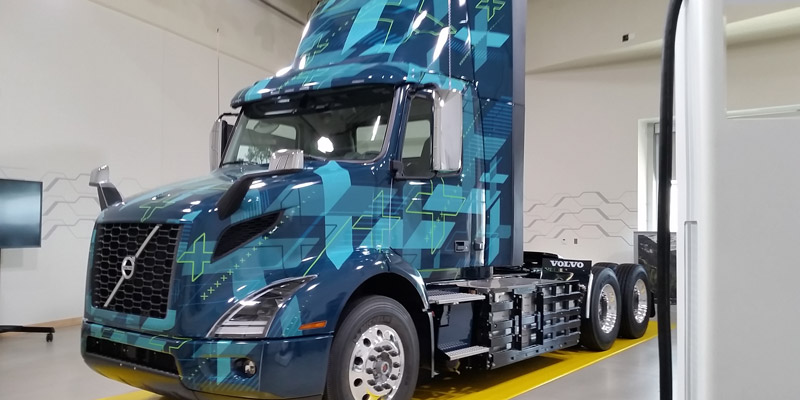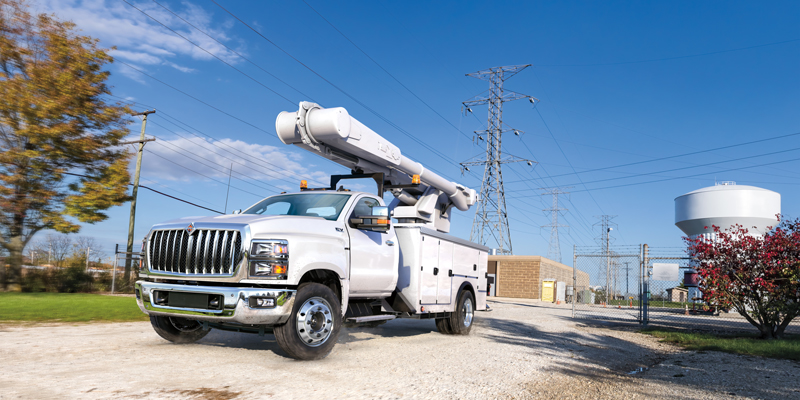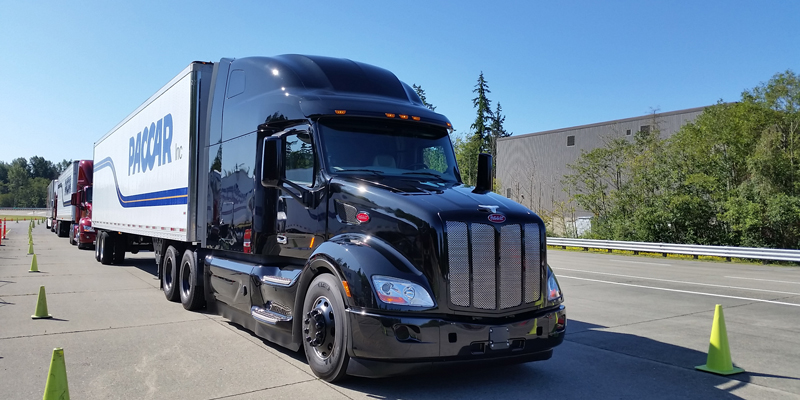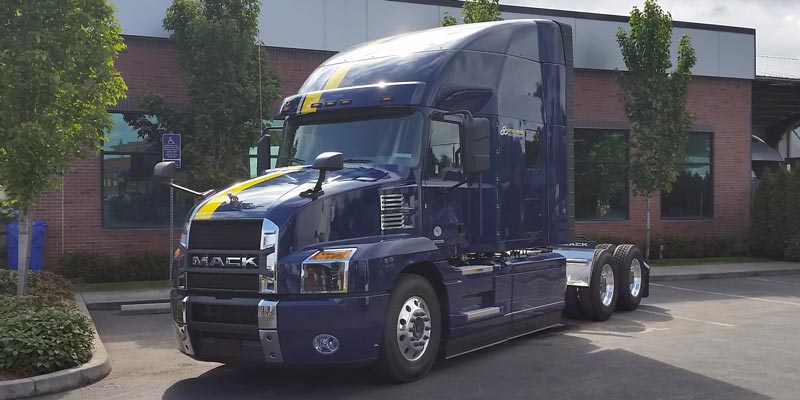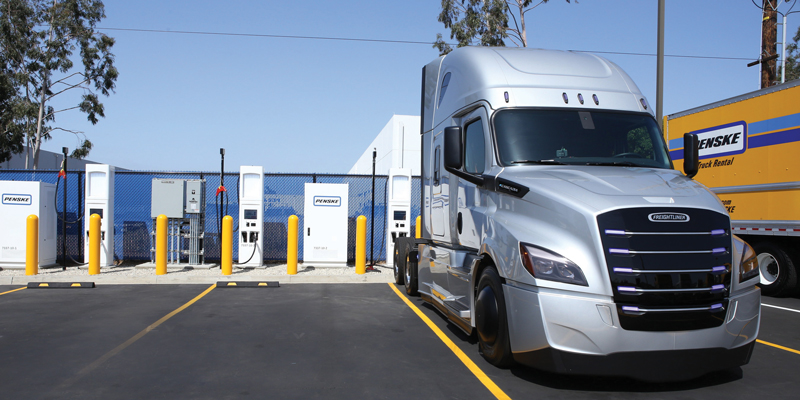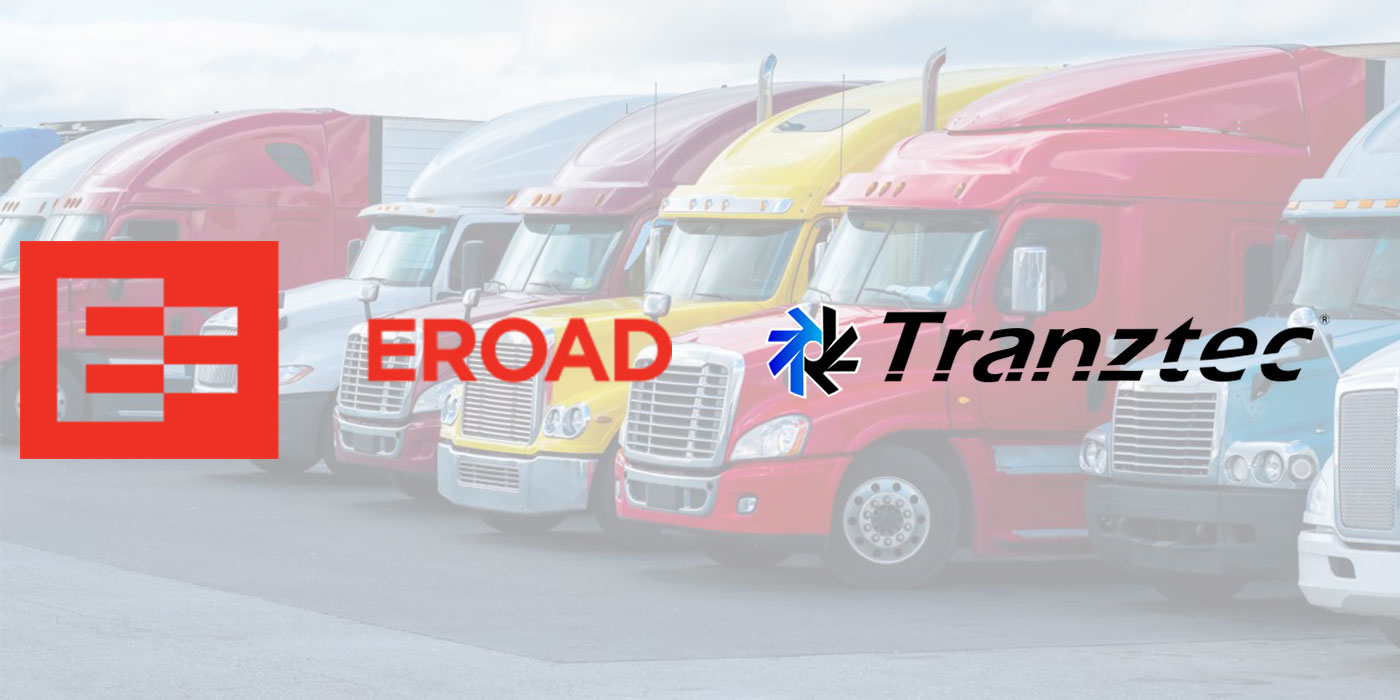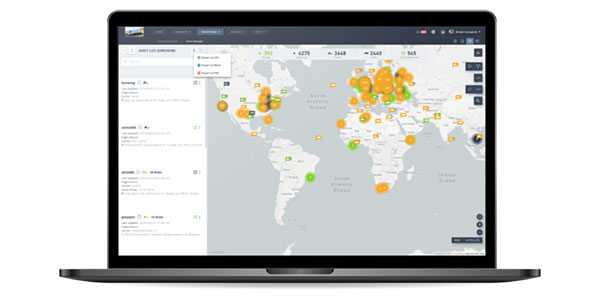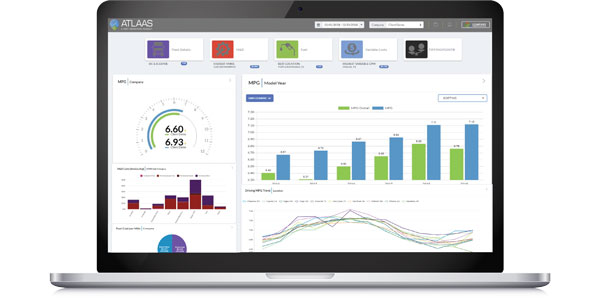We’ve been hearing a lot about “Predictive Analytics” as part of the latest jargon in trucking circles. In actual trucking operations, though, what data and just how much of it is of real value? How does predictive analytics work and how does it benefit a fleet operation?
“There are a lot of claims about predictive analytics for safety data,” says Steven Bryan, founder and CEO of Vigillo LLC, a provider of data mining software designed to organize fleet safety information. “There are very powerful and sophisticated things you can do with this science to drive sales and improve efficiency. Our concern is that much data is inconsistent and thin, especially in the safety arena, and that there is not enough information to build a true predictive model.”
Bryan cites an example: “CSA data on an average driver may reveal two violations in a three-year period. Even if you could aggregate sufficient data on thousands of inspections and violations for a carrier, you still wouldn’t be able to base an accurate risk profile for an individual driver on either a few data points or mass behavior. If that information is used to discipline, fire or not hire a driver, it can be unfair.”
Predictive analytics can work in other data environments, notes Ken Manning, president of Transportation Costing Group (TCG), supplier of profitability management tools and activity-based costing models. “We use data to create costed traffic databases at the shipment and load level. These systems have the predictive analytics facility to forecast the future profitability of all traffic segmented into customers, lanes, commodity, etc. based on historic patterns of operations, productivity and profitability.”
Manning also provides examples. “Data can be used for fuel cost analysis and modeling,” he says. “By appropriately allocating fuel cost to each load based on actual movement and service characteristics, you can gain a credible understanding of the risks of changing fuel costs and fuel surcharge schedules.
“Similarly, carriers struggle with the need to fully and accurately understand the actual impact of possible changes in customer freight flow,” he adds. “If you discontinue doing business with one customer, how will that affect your overall operation? Will it be more or less profitable? What will you need to do to reduce your cost structure proportionately? These are critical questions, but they can be answered.”
Fleet data can provide an accurate understanding of operations and costs, says Thomas Fansler, president of Vusion, a data integration and analytics company that is a division of PeopleNet. “When data is properly organized and integrated, fleet management has a clear picture of where things stand and is better prepared to answer difficult questions. Analytical tools can turn data into predictions that can be used to improve monitoring, reduce costs and enhance overall fleet performance.”
Fuel management is one arena where Vusion is focusing its statistical analysis capabilities to benefit its customers. “Looking at fuel economy for a truck or driver is just one part of the equation, and is often a lagging indicator,” Fansler relates. “Starting with integrated data sets, we measure and model how different variables, such as loaded and empty miles, distance, topography, idle rate, aerodynamics, vehicle age, driver behavior and other factors affect fuel economy. These data models produce highly informed predictions, which serve as a precise reference point for performance monitoring. Is an asset performing at its potential? Which assets should we buy or trade? Data models and predictive analytics allow fleet managers to answer these questions.”
Fleet operations generate large amounts of data. If there is a sufficient amount of reliable, accurate and consistent information available, it can be used effectively to predict performance, and to take meaningful steps to improve all aspects of a motor carrier’s business and its operation.



